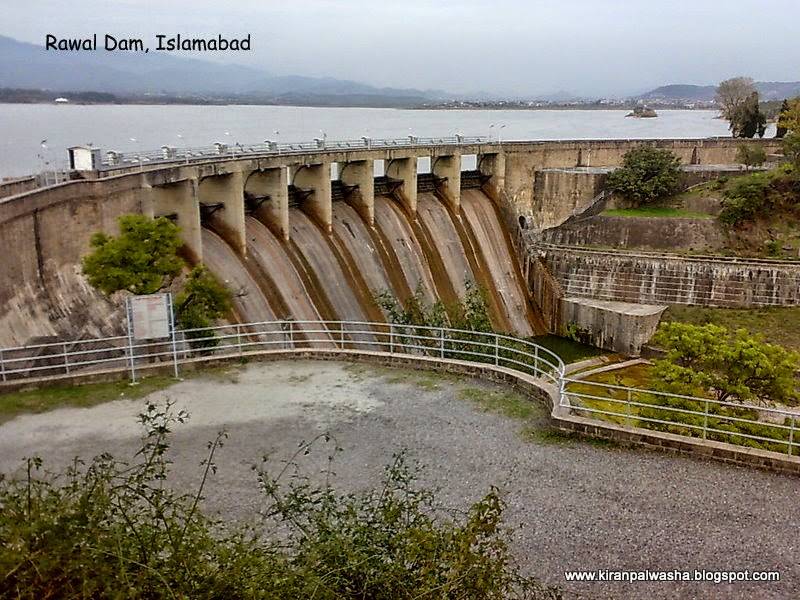Potohar has over 100 sites for small dams construction; region needs several small dams: experts
Shares

RAWALPINDI: The Potohar region has over 100 sites for construction of small dams like Rawal and Khanpur Dams which should be built to eventually change fate of the farmers and prevent water shortage in the region said the agriculture experts.
There is a dire need to construct several small dams in the Potohar region as the region requires more small dams to arrest the loss of 3.5 million acre feet of water per year and the large-scale soil erosion that comes with it, they said adding, apart from storing water for agriculture, the small-dams can also help mitigate floods, conserve soil and help control rural-urban migration ratios.
The average run-off is now estimated to be around 1.88 million acre-feet (MAF), with only around 12 per cent, or 0.22 MAF, conserved through small dams.
The dams can help in flood mitigation, soil conservation, curtailing rural migration to overburdened cities and reducing the time dependence on far-flung water sources.
A Diagnostic Analysis, conducted by a team of experts pointed out that rainfall pattern in the Potohar region demands water harvesting, storage and supplemental irrigation for crops during the months of April to June and October to December.
The runoff available in the Potohar Plateau is 3.5 MAF, of which 0.10 MAF is utilized by small dams, mini dams and ponds.
The remaining 3.4 MAF is going to the Indus and Jhelum rivers.
According to Rawalpindi District Punjab Soil Protection Department, the Punjab government was making efforts to construct mini-dams in several areas.
The Potohar Region needs thousands of more mini-dams and a large number of small dams as it is losing most of its annual 3.5 million acre feet of water due to shortage of infrastructure, resulting in large scale soil erosion, the agriculture experts said.
The Punjab Government under 'Kissan Package' constructed 101 mini-dams in Potohar Region during the last two years with 201 water ponds, 39 water storage tanks, 148 gabion spur and 28 Earthern bunds.
Talking to APP, Director Soil Conservation Department Malik Ghulam Akbar said 80 percent subsidy is given to the farmers for the construction of mini-dams.
Due to the water reservoirs and soil erosion controlling structures nearly 32,190 acres land was made cultivable in the region, he informed.
The construction of the mini-dams and water ponds has also developed positive environmental effects.
The underground water table is rising up with more employment opportunities for the people.
Fish and cattle farming businesses are now flourishing in the region.
The mini-dams and water bonds are used to divert water for irrigation and other purposes he said adding, the water accumulated in mini dams can be utilized for vegetable and fruit cultivation. Fish farming was also introduced in the region which has become an additional source of income for the farmers.
All interventions of soil and water conservation are benefiting the farmers of the region.
To a question, he informed that earlier, the department had constructed over 1200 mini-dams in the region.
He said, revolutionary steps were taken by the former Punjab Government for development of agriculture in the region.
Ghulam Akbar said that the major problems of Potohar region are soil erosion and water runoff as most of the rain water is being wasted which is not only a big loss but also causes soil erosion on large scale.
To cope with the situation, various steps were taken by the government under 'Kissan Package,' he added. APP
